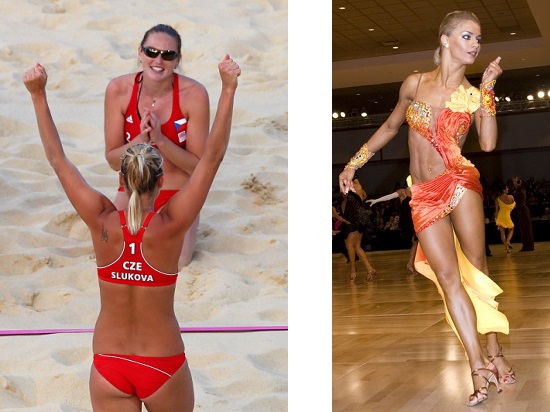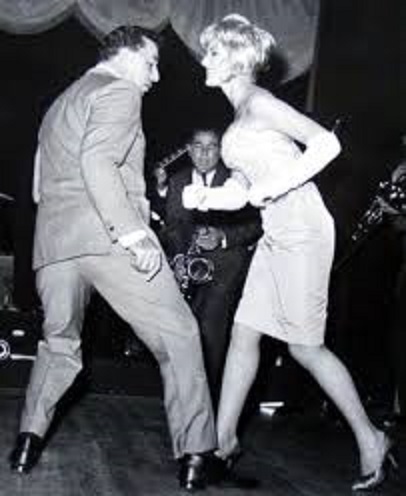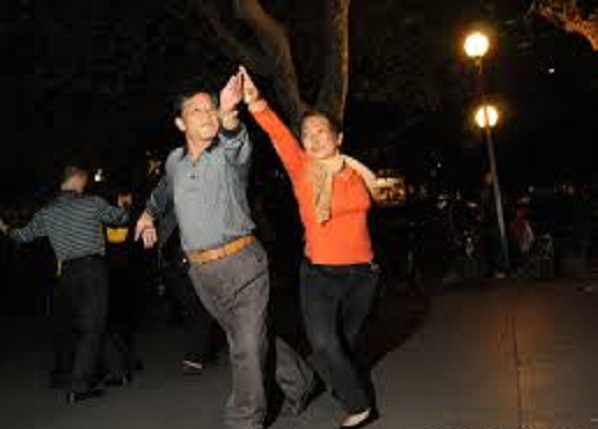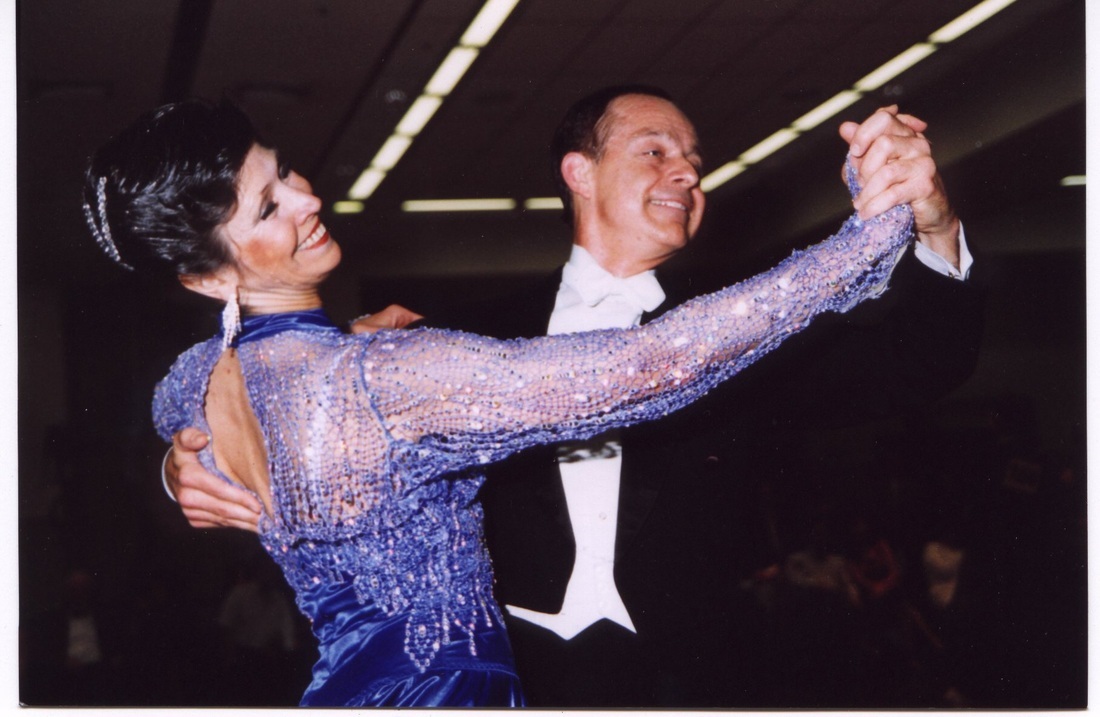For some years there has been a lot of talk and some action regarding adding high-level Standard (AKA Ballroom) and Latin dancing to the Olympic offerings. For those who might sneer that dancing is not very strenuous, we suggest attending a competition and listening to the couples panting after a 2-3 minute routine.
A greater challenge is that there is already a great sufficiency of different sports included in the quadrennial Olympic Games, with vastly different audience preferences among them. Prior to the Games themselves, the International Olympic Committee reckoned that half the world would watch (in large measure via TV or on-line).
Unfortunately, it is difficult to get comparable worldwide “ratings”. Actually, it’s always been a mystery to us why they are called ratings, which implies that higher ratings means they are “better” in some sense beyond just the fact that watchers tuned their TVs to those particular programs.
Fortunately, however, there is an irreverent website fivethirtyeight.com that focuses on opinion poll analysis, politics, economics, and sports blogging. The website, which takes its name from the number of electors in the U.S. electoral college, surveyed 57,448 people during August 3-4 (no description of who was surveyed, perhaps just visitors to the website) as to their opinion of the best Olympic sport. The whole account is humorous, but the most interesting finding to us was that Beach Volleyball was #1. Hmmm. We suspect that this relative newcomer of a sport owes much of its popularity to its participants, who are very attractive women in very skimpy outfits. On this basis, we would think that at least the Latin half of the Dancesport events would be highly popular because their outfits can be as revealing as the women’s Beach Volleyball ones. No?




